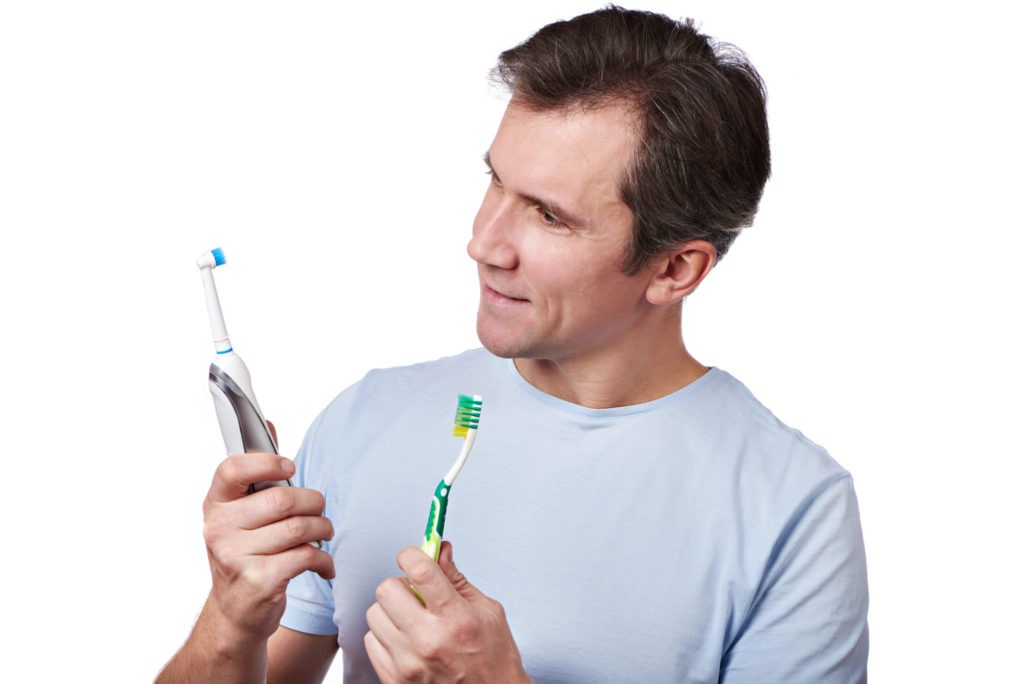We are all looking to be parent of the year. An easy way to help yourself toward that award is by familiarizing yourself with orthodontics, because they can play a huge role in your child’s appearance and health. In fact, the American Association of Orthodontics — as well as Ollins Orthodontics — recommends that an orthodontist examine a child’s teeth by the time they are seven years old, even while baby teeth are still in the mouth. Why age seven? What can be done at that age? As you might guess, not every orthodontic problem can be treated at age seven. Surprisingly however, most problems can be identified by that age. Here are a few things that our team at Ollins Orthodontics will be looking for at your child’s first visit.
Tooth Loss and Eruption: Teeth are lost in a fairly specific order. Deviations from this pattern may indicate that a child has developmental issues that need attention. Between the ages of six and eight, it is normal for a child to lose their first eight primary teeth. Ideally these eight primary incisors are replaced immediately by eight permanent incisors. It is also normal for the child’s first four permanent molars to emerge at age six (hence the name six-year molars— wokka wokka). By age seven, children should have at least four permanent molars and four permanent incisors. If there are more or less teeth than this, there may be problems with crowding, missing, or extra teeth. Sometimes removing a primary tooth early or maintaining a space where a tooth has been lost prematurely can prevent bigger problems later on.
Crowding and Spacing: By age seven it is possible to tell if a child has a problem with excessive crowding or spacing. Spacing may mean that a baby tooth has been lost prematurely, a tooth never developed, or that the teeth are just too small. Crowding may require that the arches be expanded or that teeth be removed to help improve the situation.
Alignment: Although teeth can be aligned at an older age, crooked teeth are more susceptible to uneven wear or damage due to trauma, and the shape and position of the overlying gum tissues can be compromised. Crooked teeth can also have social implications that if dealt with at an early age, like seven or eight, will have less impact on a child’s self-esteem.

Protrusive Front Teeth: As mentioned earlier, by age seven it is obvious if the front teeth stick out farther than is safe or attractive. Although we cannot permanently correct overbites before growth has finished, we can help reduce the severity of the problem and make things easier for young patients both dentally and socially while waiting for growth to be complete.
Underbites: Although it is best to wait to finish treatment in patients with underbites until they have finished growing— usually ages sixteen through eighteen— it is important to try and normalize the anterior bite as early as possible to eliminate bite shifting and damage to the front teeth due to traumatic occlusion. If we notice an anterior underbite at age seven, we will recommend trying to at least jump the bite at that age, even though definitive correction may not be accomplished until later in their teenage years.
Posterior Crossbites: Not only do posterior crossbites create crowding, they may also cause the jaw to shift laterally— to one side or the other. Expanding the upper jaw at age seven can reduce the crowding and create the space necessary for the eruption of the anteriors as well as eliminate any shifting that may be present due to a constricted upper arch.
Anterior Open Bites and Deep Bites: By age seven it is possible to detect vertical problems with the bite. Bites that are too deep— where the top teeth completely cover the bottom ones when biting— may indicate that the patient has a small lower jaw. Bites that do not overlap enough— open bites— may signal that there is a finger or tongue habit that may be causing dental problems. We like to eliminate these destructive habits early so that normal development can occur.
While your child’s teeth may look straight, there may be underlying problems with the way adult teeth erupt, a misaligned bite, the relationship of the upper and lower jaw, tooth crowding, or problems due to thumb sucking and other habits. Our team here at Ollins Orthodontics can pinpoint these and start correcting them to avoid potential problems for future adult teeth. By age seven, enough permanent teeth have emerged for us to evaluate relationships developing between teeth, jaw, and bite to make sure all will continue to develop as they should. Whether or not it is determined that your child needs braces, you will get the peace of mind of early detection, and the fact that potential treatment will result in a lifelong smile for your child.

Orthodontic Exam by Age Seven
The transition from baby teeth— primary teeth— to permanent teeth is extremely important. Baby teeth set the foundation for permanent teeth and their proper positions. That is why it is important to have Ollins Orthodontics examine your child’s mouth while they still have baby teeth. Your child’s teeth may look straight, but there may be underlying bite problems.
Some of your child’s behaviors may give some indication that an orthodontic examination is in order, too. Consult with us if your child experiences one or more of the following:
- Has difficulty speaking.
- Bites their cheek or the roof of their mouth.
- Has teeth that meet abnormally, or do not meet at all.
- Has a facial imbalance.
- Grinds or clenches their teeth.
- Has jaws that appear too far forward or too far back.
- Loses baby teeth early or late.
- Has difficulty chewing or biting.
- Breathes through their mouth.
- Sucks their thumb.
- Has crowded, misplaced or blocked-out teeth.
- Has a jaw that shifts or makes sounds.
We recommend screening all young patients at age seven so that these and other conditions can be identified and corrected as early as possible. Although some may be able to wait until all the permanent teeth are in, interceptive treatment can make the final results faster, better, and give your child an additional three to four years of having a great smile at an age when their self-image is developing. If you are in the Essex County area and have a child who is seven or older, stop by our office in Nutley or call us today to set up an appointment. It is never too early to start your child on the path to a lifelong perfect smile!

